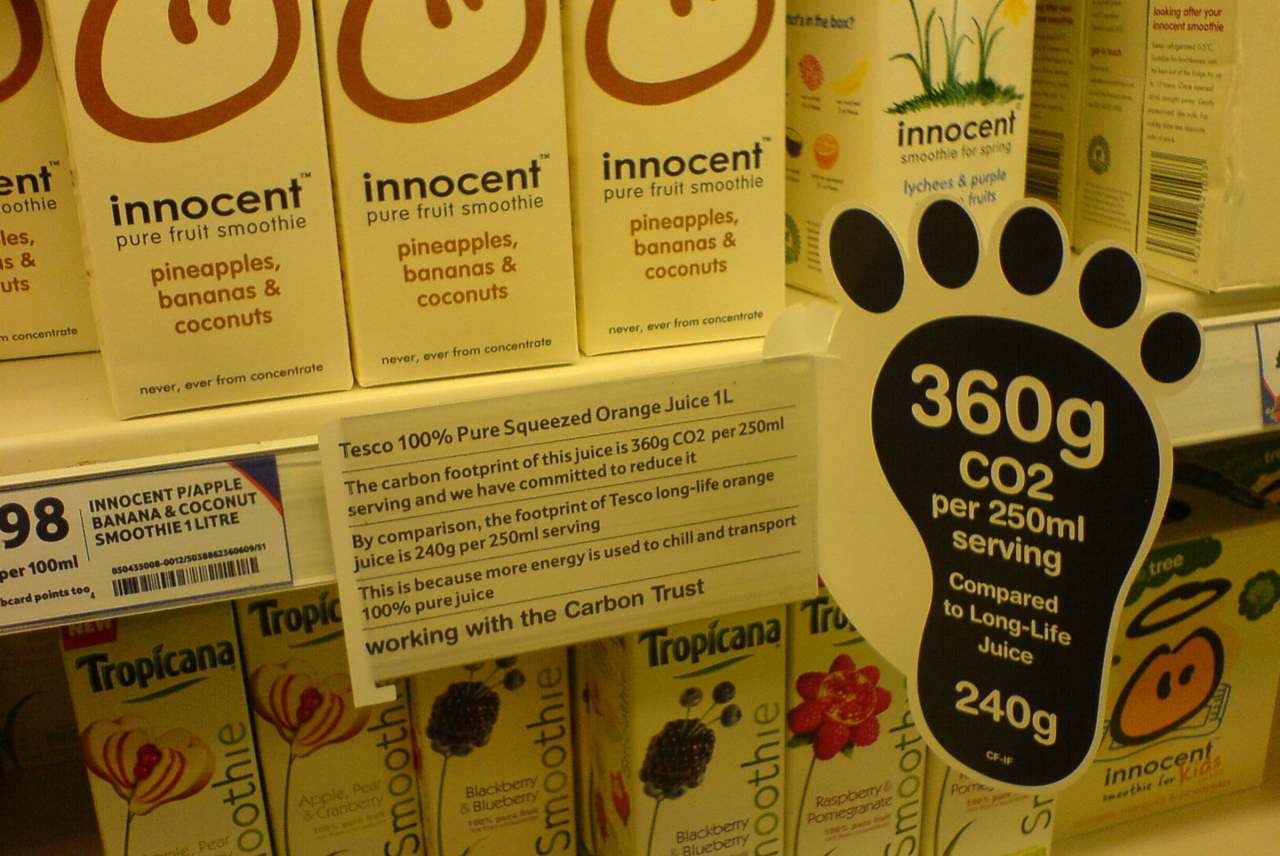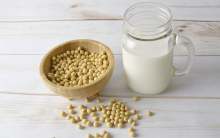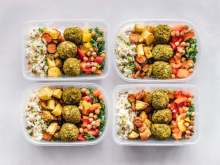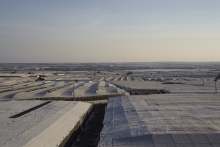What do you think the carbon impact is of your weekly food shop? The chances are that you’ve no idea, but the good news is that the move to carbon label everyday products is booming. Everybody from multinational giants L’Oréal and Unilever to smaller companies such as Brewdog beer and Quorn are now busily adding carbon labels to their products.
The main driver behind these moves is that the global food system now accounts for around a whopping 25% of the world’s greenhouse gas emissions. And whilst there’s rightly been a push to cut the carbon emissions from highly polluting sectors such as housing and transport, there’s perhaps been less focus on the food and drink sector. Until now.
“We want to raise awareness around the massive effect our food choices have on the climate,” says Linda Nordgren from Oatly, the Swedish plant milk company which began putting the carbon footprint of their oat milk on their cartons last year.
“Carbon labelling is a way to easily see and compare the climate impact of different food products before buying a product. With the right information we can help people make better food choices that reduce their climate impact,” added Nordgren.
Ethical Consumer researcher Josie Wexler welcomes the moves towards carbon labelling: “Putting carbon footprinting on packaging is a really good idea and we hope that it starts to happen across the board,” says Wexler.
Phil Korbell from the Carbon Literacy Project, which raises awareness on climate change, is equally enthusiastic:
“As a simple way for a lot of people to nudge the market in the right direction, then carbon labelling has got huge potential.”
So far, so good. However, for carbon labelling to really take off it’s got to address two key issues. The first is that there’s no standardised system for measuring the carbon footprint of products.
“It’s important to have some agreed standardised methodology because, depending on how you do the sums, you can often come up with answers that differ by orders of magnitude,” says Wexler.
The other issue is that it’s a struggle to understand what the carbon label is actually saying. For example, the Oatly carbon label says that the carbon footprint of each carton of oat milk is 0.41kg CO2e/kg, where CO2e/kg is the greenhouse gas emissions per kilogramme of product, converted to an equivalent amount of carbon dioxide (carbon dioxide equivalents or CO2e).
This is the standard unit for measuring carbon footprints so that they can be compared. But how many shoppers would know this and, more to the point, is 0.41kg CO2e/kg a high or low figure? What would be more helpful is if the information in the carbon label was framed in a way that was easier for shoppers to understand, such as the traffic light system that’s used for communicating nutritional information on packaging.
Of course, this isn’t the first time that carbon labelling has been tried on consumer goods. It was back in 2008 that carbon labelling was first rolled out with the likes of Tesco and Walkers Crisps as eager early adopters. These first moves soon petered out though, not least because of the complexity and cost of calculating a product’s carbon footprint.
So will carbon labelling succeed this time? Hugh Jones from the Carbon Trust, which is a major player in the carbon footprint industry, is upbeat about the future:
“The process is becoming less onerous for companies and equally important is that consumers are starting to care more about climate change and the scale of public action is accelerating.”
Linda Nordgren from Oatly is similarly optimistic:
“We’re not certain that carbon labelling will succeed this time, but to do nothing is not an option. The climate crisis demands change. Right now. And everyone needs to do what they can.”
Please note that this article was written before the Blackstone Group invested in Oatly. For more information on this head to our feature, 'Should we boycott Oatly?'.










